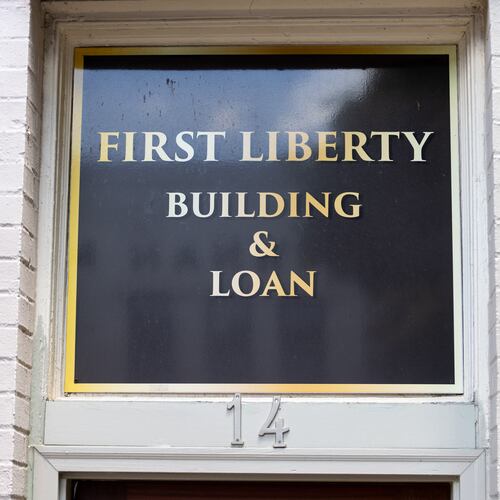Georgia Power and its partners made history by bringing a new nuclear reactor online at Plant Vogtle, the first commercial unit built from scratch in the U.S. in more than three decades.
But how does a nuclear power plant generate electricity exactly? Is the U.S. planning to build more of them? And how is all of this connected to climate change?
Here’s what you need to know about nuclear energy:
How does a nuclear power plant produce electricity?
There are two main kinds of nuclear reactions — fusion and fission — which you may (or may not) remember learning about in your high school physics class.
The process that occurs inside today’s nuclear reactors, including those at Plant Vogtle, is a fission reaction. Though other fuels can be used, atoms of uranium are typically split to release energy. That energy is used to heat up water and produce steam, which causes turbines to spin. Those turbines are connected to a generator that converts the energy into electricity.
How many nuclear power plants are there in the U.S?
According to U.S. Energy Information Administration, there are 54 commercial nuclear power plants operating in the U.S., including Plant Vogtle. Once Plant Vogtle’s second new reactor, Unit 4, is complete, it will be the largest nuclear electricity facility in the country.
Does nuclear power produce greenhouse gas emissions?
The huge clouds often seen billowing from a nuclear power plant’s cooling tower? It’s steam, not smoke.
The construction of a nuclear power plant — which involves manufacturing and transporting massive amounts of steel and concrete — does contribute heat-trapping carbon emissions, which are causing climate change. But the process of actually generating electricity inside the power plant does not produce any additional greenhouse gas emissions.
Is nuclear power a climate change solution?
Potentially, yes.
As temperatures rise, the huge amounts of carbon-free energy that nuclear plants offer is exactly what scientists say the planet needs more of to limit climate change. But the enormous cost overruns and delays that have plagued many nuclear projects — including at Plant Vogtle — have been a major impediment to nuclear expansion in the U.S.
Is the U.S. building more nuclear power plants?
The U.S. Department of Energy is pumping billions into advancing nuclear technology, but besides Vogtle, there are currently no other commercial nuclear reactors under construction in the U.S.
Utilities in a handful of states — including in nearby Tennessee — have explored new nuclear projects, but none have signed orders for new units yet.
Is nuclear energy production safe?
Nuclear power has existed for decades, and it is generally seen as a safe means of producing electricity.
But there have been notable incidents at nuclear power facilities in the U.S. and abroad. The best known disaster happened in Chernobyl in Ukraine in 1986, when a surge of power to the plant during a systems test destroyed one of the units, releasing huge amounts of radiation into the environment. The accident killed at least 28 people and likely sickened hundreds more.
The Three Mile Island Plant in Pennsylvania suffered a partial meltdown in 1979 after the plant’s cooling water supply was compromised. While the federal Nuclear Regulatory Commission considers it the most serious nuclear incident on U.S. soil, no detectable health effects from radiation were found in the plant’s workers or those living nearby.
More recently, in 2011, a powerful earthquake set off a tsunami that led to a catastrophic failure of power supplies and cooling units at the Fukushima Daiichi nuclear power plant in Japan. The three reactors there melted down and released high levels of radiation in the days after the incident. No deaths from the meltdown were reported. Officials are set to soon release treated wastewater from the site into the ocean for the first time in the coming days, 12 years after the disaster. Clean up continues and decommissioning of the plant could take decades.
What’s done with nuclear waste in the U.S.? Is it safe?
In the U.S., all nuclear power plants store their spent fuel in deep, “cooling pools” used to lower temperatures and provide protection from radiation. As pools reach capacity over time, utilities can receive authorization to transfer older rods into thick, concrete casks for longer-term, storage on-site.
While long-term storage of the waste in “dry casks” is generally considered safe, the material they contain is radioactive and could be vulnerable in certain disasters or attacks.
The U.S. has explored permanently storing all nuclear waste at a site at Yucca Mountain in Nevada, but the project is not complete.
A note of disclosure
This coverage is supported by a partnership with 1Earth Fund, the Kendeda Fund and Journalism Funding Partners. You can learn more and support our climate reporting by donating at ajc.com/donate/climate/
About the Author
Keep Reading
The Latest
Featured


